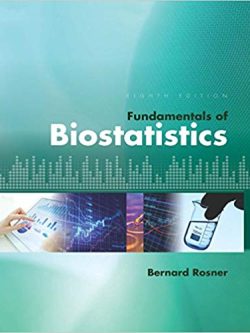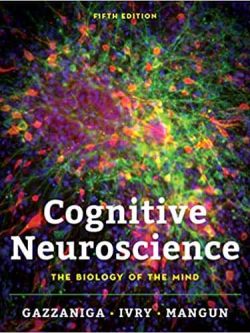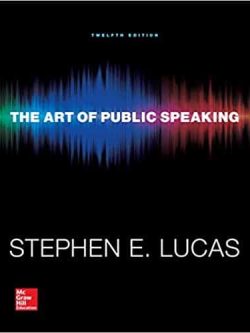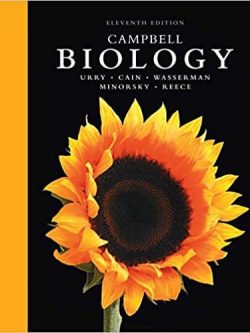Specifications
| book-author | John Webster (Author) ; Roland Weber (Author) |
|---|---|
| file-type | |
| isbn10 | 0521014832 |
| isbn13 | 9780521014830 |
| language | English |
| publisher | Cambridge University Press |
Book Description
**”Introduction to Fungi” (3rd Edition)** by John Webster and Roland Weber is a comprehensive and authoritative textbook that delves into the biology, diversity, and ecological significance of fungi. This edition has been updated to reflect recent advances in mycology, making it an essential resource for students, researchers, and professionals in the field of biology, microbiology, and environmental sciences.
### **Key Features and Content Overview:**
#### **1. Overview of Fungi**
– **Introduction to Fungal Diversity:** The book begins with an overview of the fungi kingdom, covering the diverse forms of fungi, including yeasts, molds, and mushrooms. It explores the characteristics that distinguish fungi from other organisms, such as their mode of nutrition and reproduction.
– **Fungal Classification:** A detailed account of fungal taxonomy is provided, covering the classification of fungi into major groups such as Ascomycota, Basidiomycota, Zygomycota, and others. The evolutionary relationships among these groups are also discussed.
#### **2. Structure and Life Cycle**
– **Fungal Morphology:** The authors describe the cellular structure and organization of fungi, including hyphal growth, spore formation, and reproductive structures. The anatomy of various fungal species is illustrated with detailed diagrams.
– **Reproduction:** The book explains the complex life cycles of fungi, covering both sexual and asexual reproduction. It includes an in-depth discussion of spore formation, dispersal, and germination.
#### **3. Fungi in the Ecosystem**
– **Ecological Roles of Fungi:** This edition emphasizes the ecological roles of fungi in nature, highlighting their importance as decomposers, symbionts, and pathogens. The role of fungi in nutrient cycling, soil formation, and plant growth is explored.
– **Fungal Symbiosis:** Special attention is given to mutualistic relationships, such as mycorrhizal associations with plants and lichens. The significance of these symbiotic interactions for ecosystem health is examined.
#### **4. Fungal Physiology and Biochemistry**
– **Metabolism and Enzymes:** The physiological processes of fungi are covered in depth, with a focus on their metabolic pathways and enzymatic activities. The book discusses how fungi break down complex organic materials, such as cellulose and lignin, making them crucial decomposers in ecosystems.
– **Secondary Metabolites:** The production of secondary metabolites, such as antibiotics, toxins, and pigments, is discussed. The book highlights how these compounds are important in both medicine and agriculture.
#### **5. Pathogenic Fungi**
– **Plant and Animal Pathogens:** The text explores the pathogenic fungi that cause diseases in plants, animals, and humans. Fungal pathogens such as rusts, smuts, and molds are examined, as well as their impact on agriculture and human health.
– **Fungal Infections in Humans:** The book covers fungal diseases in humans, such as athlete’s foot, candidiasis, and systemic infections. It explains how certain fungi become pathogenic and how these infections are treated.
#### **6. Fungi in Biotechnology**
– **Industrial and Medical Applications:** The book highlights the importance of fungi in biotechnology, including their role in the production of antibiotics, enzymes, biofuels, and fermented foods. The contributions of fungi to industries such as pharmaceuticals and food production are thoroughly discussed.
#### **7. Recent Advances in Mycology**
– **Molecular Techniques in Mycology:** This edition includes new developments in fungal research, particularly in the area of molecular biology. Techniques such as DNA sequencing, genetic engineering, and fungal genomics are explored, offering insights into the modern study of fungi.
– **Climate Change and Fungal Ecology:** The book discusses the impact of climate change on fungal populations and ecosystems. It considers how global environmental changes are affecting fungal diversity and distribution.
### **Conclusion**
**”Introduction to Fungi” (3rd Edition)** by John Webster and Roland Weber is a thorough exploration of the world of fungi, from their basic biology to their complex ecological roles. This textbook is an invaluable resource for students and professionals in the biological sciences, providing both foundational knowledge and updates on cutting-edge research in mycology. Its clear explanations, detailed illustrations, and broad coverage make it an essential guide to understanding the vital role fungi play in the natural world.













Reviews
There are no reviews yet.